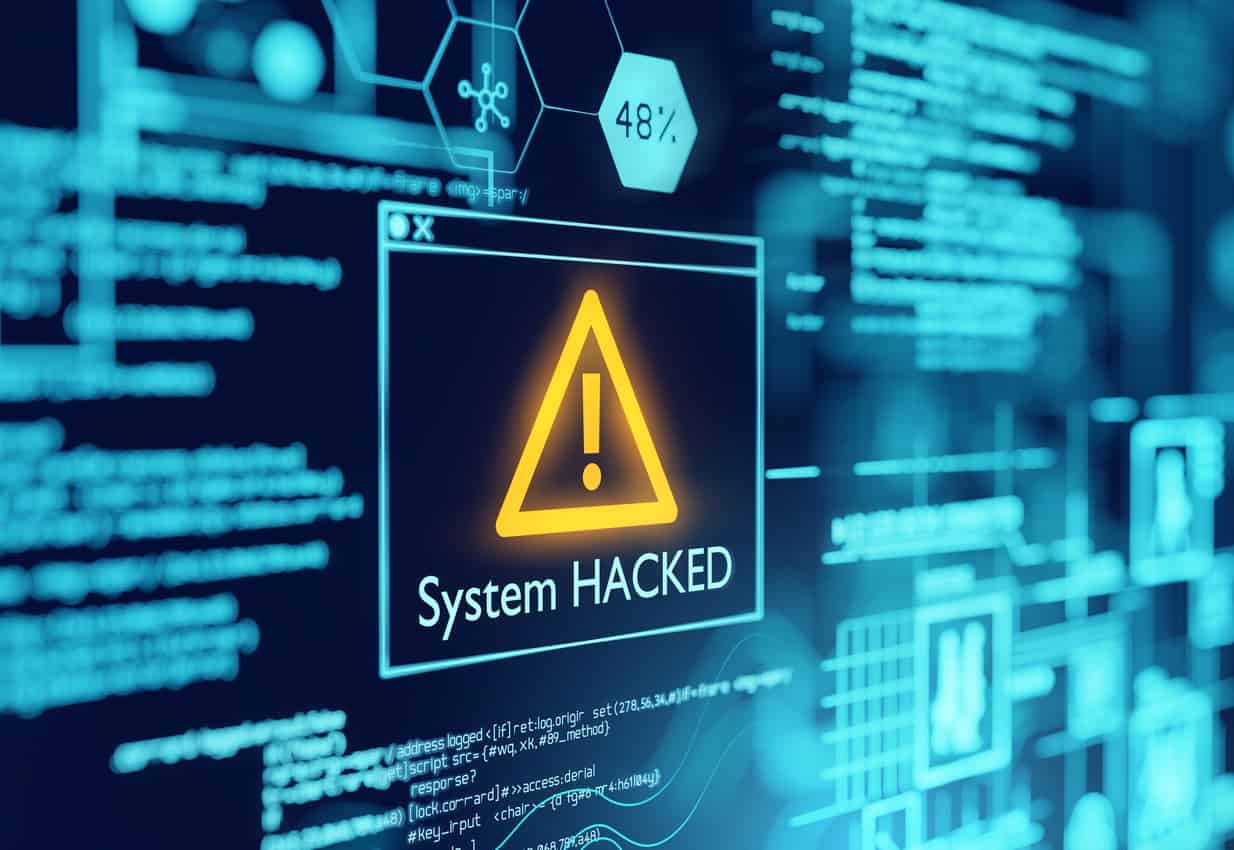Cybersecurity is the collective methods, processes, and technologies that help protect the integrity, confidentiality, and availability of computer networks and data against cyber attacks and/or unauthorized access. What do cybersecurity companies do? The main purpose of a cybersecurity company is to protect all company assets from both external and internal threats along with disruptions that can be caused by natural disasters. Effective cybersecurity companies utilize coordinated efforts across all information systems and therefore are made up of the following:
Application Security
Application security involves the implementation of various defenses within all software and services against a wide range of cyber threats. It requires secure application architectures, secure code, and strong data input validation in order to minimize unauthorized access or modification of application resources.
Identity Management
Identity management includes frameworks, processes, and activities that enable authentication and authorization of legitimate individuals to information systems within a company.
Data Security
Data security services involve implementing strong information storage mechanisms to ensure the safety of all data. This applies to data both in transit (data that is being transferred from one device to another) and data at rest.
Network Security
Network security involves implementing both hardware and software mechanisms to protect the network and infrastructure from unauthorized access, disruptions, and misuse. These efforts help protect the company’s assets against external and internal threats.
Mobile Security
Mobile security is one of the most essential network security services, especially if your company operates using mobile devices. This refers to protecting the information of both the company’s and the individual’s information stored on mobile devices such as cell phones, laptops, and tablets from various threats such as device loss/theft, unauthorized access, or malware.
Cloud Security
Cloud security relates to designing secure cloud architectures and applications for a company using various service providers such as Google, AWS, Rackspace, and Azure. The effective configuration ensures protection against various threats.
Disaster Recovery and Business Continuity Planning
These services deal with processes, monitoring, and alerts to help a company keep critical systems online as well as resume lost operations and systems after an incident.
User Education
Formal training is essential to raise awareness on best practices, organizational procedures, and policies as well as monitoring and reporting suspicious activities.
The Importance and Challenges of Cybersecurity
The technological landscape is always evolving and the adoption of new software is ever increasing. This is especially true in industries such as finance, government, military, retail, healthcare, education, and energy. More information is becoming accessible through wireless and wired communication networks. Highly sensitive information is quite valuable to criminals and needs to be protected using strong cybersecurity measures. Threat detection is key, and that’s where cybersecurity companies come in. Companies that are not aware of the risks within their infrastructure and do not implement any cybersecurity measures are at risk.
What Is a Cyberattack?
A cyberattack is a deliberate attempt by an attacker to exploit and compromise the integrity, confidentiality, and availability of IT systems to target a company or its employees. Cyberattackers use illegal tools and methods to cause damage and disruptions or to obtain unauthorized access to networks, computers, devices, applications, and databases.
Cyberattacks can come in a wide variety of hacks and scams, such as:
- Malware
- Ransomware
- Injection attacks
- Session management attacks
- Phishing
- Service denial
- Privilege escalations
- Unpatched and vulnerable software
- Remote code execution
What Is the Difference Between a Cyberattack and A Security Breach?
A cyberattack is an attempt to compromise the security of a system. A security breach is the successful event/incident in which a cyber-attack result in a compromise of IT systems or the disruption of services.
10 Top Cybersecurity Best Practices to Prevent a Breach
Part of the job of cybersecurity companies is to share best practices with businesses. Here are 10 to help you get started.
1. New products to consider
There is a relatively new product that can be deployed that stops hidden threats that sneak past preventive security tools. By focusing on a specific set of attack surfaces, vulnerabilities, and exploits, protects a company from persistent footholds, ransomware, and other attacks. By combining automated detection with real human threat hunters so even the most advanced threat actors won’t stand a chance against these defenses. It detects, analyzes, responds, and reports all incidents automatically. Another newer product is a program that is always running in the background 24/7/365 waiting to find threats as they occur and removing them before they have a chance to wreak havoc on your network. These should be utilized in tandem for maximum protection.
2. Conduct cybersecurity training and awareness
Employees need to be educated on topics of cyber security as a means of risk management. Even the best technical defenses could fail if employees perform unintentional actions resulting in a security breach. Raising awareness of internal policies and best practices through classes, online courses, and videos is the best way to reduce the potential of a security violation.
3. Perform risk assessments
Companies need to perform a formal risk assessment to identify and prioritize all valuable assets based on the impact caused when an asset is compromised. This will help guide decisions on how to best spend its resources on securing each valuable asset.
4. Ensure vulnerability management and software patch management/updates
A company’s internal or external IT teams need to perform classification, identification, remediation, and mitigation of the vulnerabilities within all applications and networks that it uses to reduce threats. From time to time, software vendors release updates to patch and mitigate these vulnerabilities. Thus, it is important to install these updates to protect a company’s assets.
5. Use the principle of least privilege
In order to limit a successful security breach, personnel should be allowed the least amount of permissions necessary to perform their duties. Also, two-factor authentication should be used for all high-level personnel that have unrestricted permissions.
6. Enforce secure password storage and policies
Companies should enforce the use of strong passwords that adhere to industry-recommended standards for all personnel and be required to periodically change them to be protected from compromised passwords. The use of a password manager makes this easier to manage.
7. Backup data
Backing up all data regularly will ensure that all sensitive data is not lost or comprised after a security breach. Companies need to have daily backups to do a complete restore if a data breach occurs.
8. Perform periodic security reviews
Conduct periodic security reviews to identify security issues early on and to promote a safe environment. These reviews include penetration testing, dark web monitoring, architecture design reviews, and other assessments. If security vulnerabilities are discovered, companies should prioritize and mitigate the risks as soon as possible.
9. Use encryption for data at rest and in transit
Use strong encryption algorithms. Encrypting data ensures confidentiality. All web applications and software should employ the use of SSL/TLS.
10. Implement a robust business continuity and incident response
Companies need to have a solid business continuity and incident response plan which will assist in effectively responding to cyber-attacks and security breaches while ensuring critical business systems remain online.
CMIT Solutions of Cincinnati & NKY has a variety of high-level security services and cybersecurity solutions for your business. Check out this link for more information: CMIT Cybersecurity
Don’t wait to be a victim. Be proactive. Protect your data and have peace of mind.
Call CMIT Solutions of Cincinnati & NKY at 513-594-9169 or visit www.CMITsolutions.com/Cincinnati-NKY




